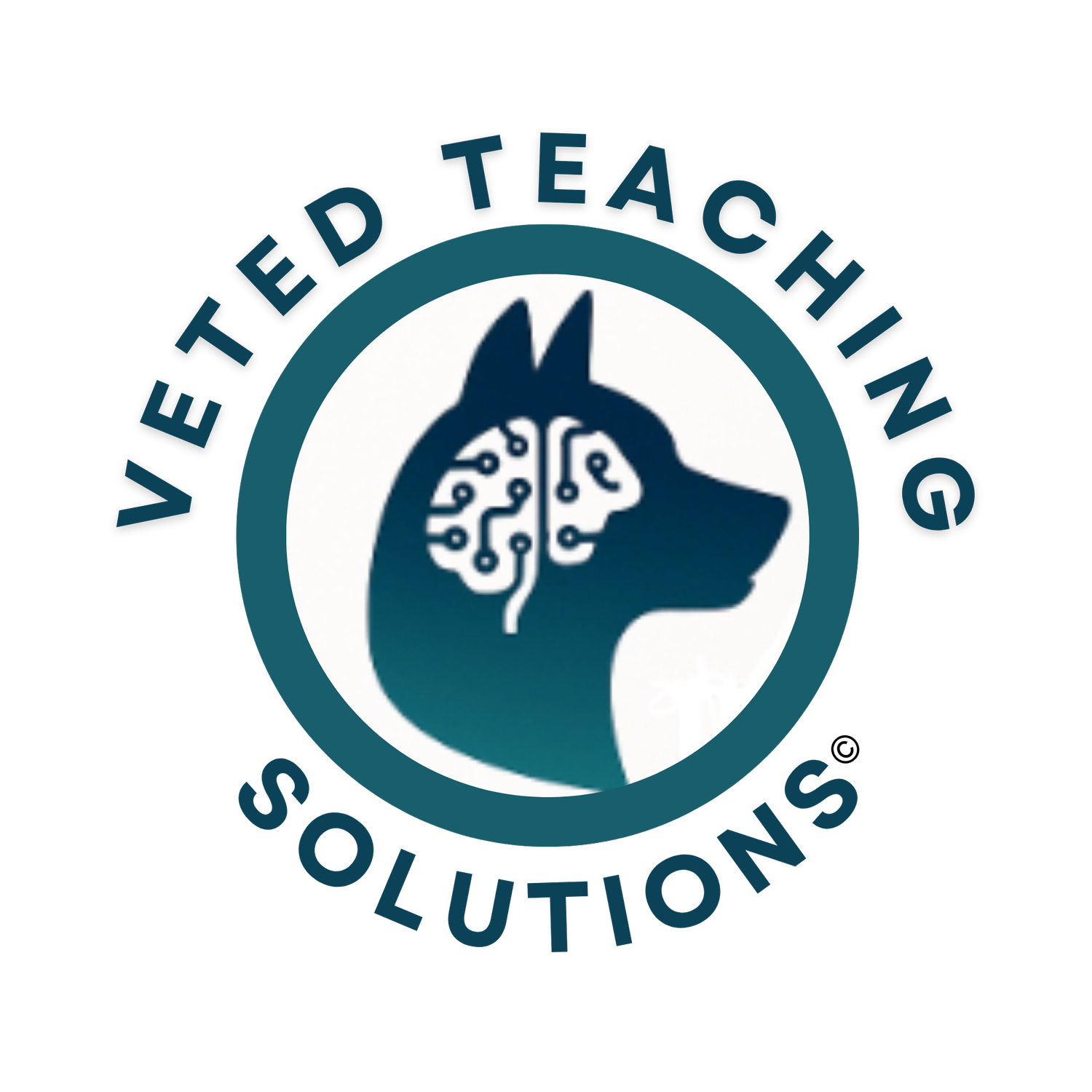AI Prompt Toolkit for Veterinary Education
Quick-start prompts for building more engaging, effective lectures
While V.E.T.S. specializes in e-content, we also know many of you are designing and delivering live lectures every week. AI can be a surprisingly helpful partner in that process—if you give it the right directions. Here are three field-tested prompts you can copy, paste, and adapt to make your lectures more interactive, visually rich, and aligned with student learning needs.
1. Clinical Case Scaffolding
Prompt:
"You are a veterinary educator creating a [topic] lecture for [year level] DVM students. Generate 2–3 clinical cases that progressively increase in complexity, incorporating relevant history, diagnostics, and possible differentials. Ensure each case includes discussion prompts for students that encourage application of CBVE and EPA competencies. Include expected correct reasoning paths and common pitfalls to address."
💡 Why use it: Gives you ready-to-go case-based discussion material that’s aligned to competency-based outcomes and scaled for your audience.
2. Visual Teaching Aid Builder
Prompt:
"You are designing a veterinary [topic] lecture for [species] that requires clear visuals. Generate a list of 5–7 high-impact visual aids (radiographs, diagrams, flowcharts, or tables) to illustrate key points in the lecture. Describe what each should depict and how it reinforces learning. Include suggestions for student activities that use these visuals interactively."
💡 Why use it: Helps you design lectures with visual anchors that keep students engaged and actively processing the content.
3. Misconception & Clarification Map
Prompt:
"You are creating a [topic] lecture for veterinary students. List the top 5 common misconceptions students have about this topic, explain why each is incorrect, and provide concise, evidence-based explanations or demonstrations to clarify them. Suggest one activity per misconception that helps students correct their understanding."
💡 Why use it: Anticipates and addresses learning hurdles before they derail understanding—reinforcing accuracy and retention.
To read our thoughts on AI in Veterinary Education and why design still matters, go here [source].
Your Turn
If you’re just beginning to experiment with AI, start small—try one of these prompts in your next lecture prep and see how it shapes your planning. For those ready to take it further, consider building prompt libraries tailored to your courses, students, and learning objectives.
If you need help getting started, or want to dive into more advanced, specialty-specific prompt design, our team at V.E.T.S. can work with you to develop custom AI tools that fit your teaching style and curriculum goals.
Reach out to us here and let’s keep building better tools for veterinary education together—we believe in that old adage that sharing is caring.
